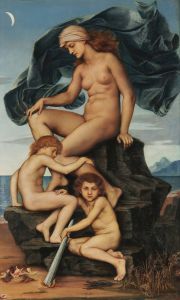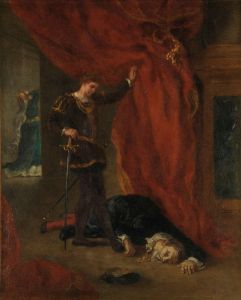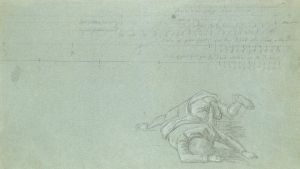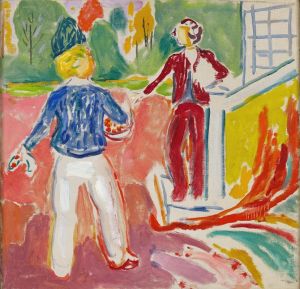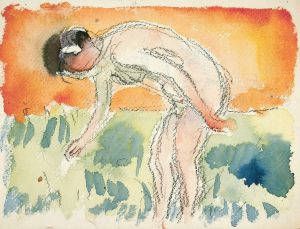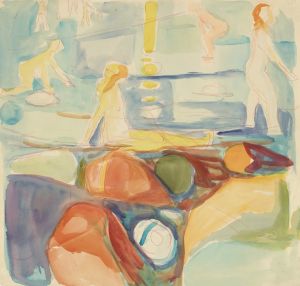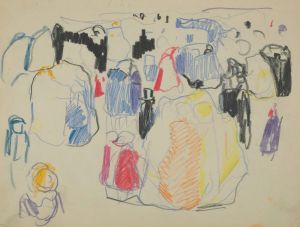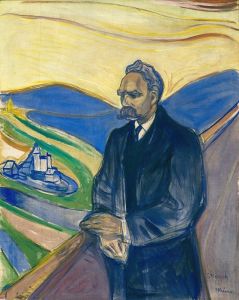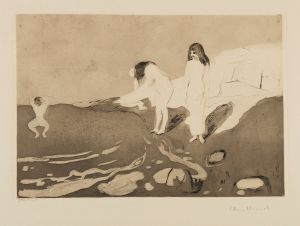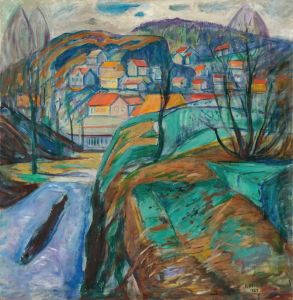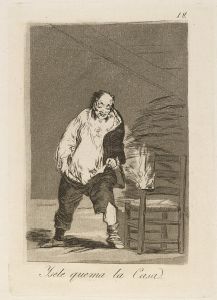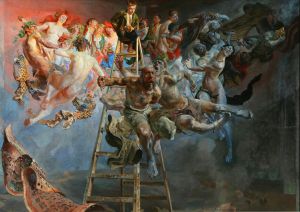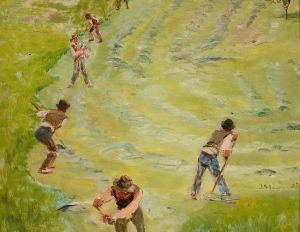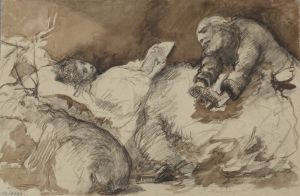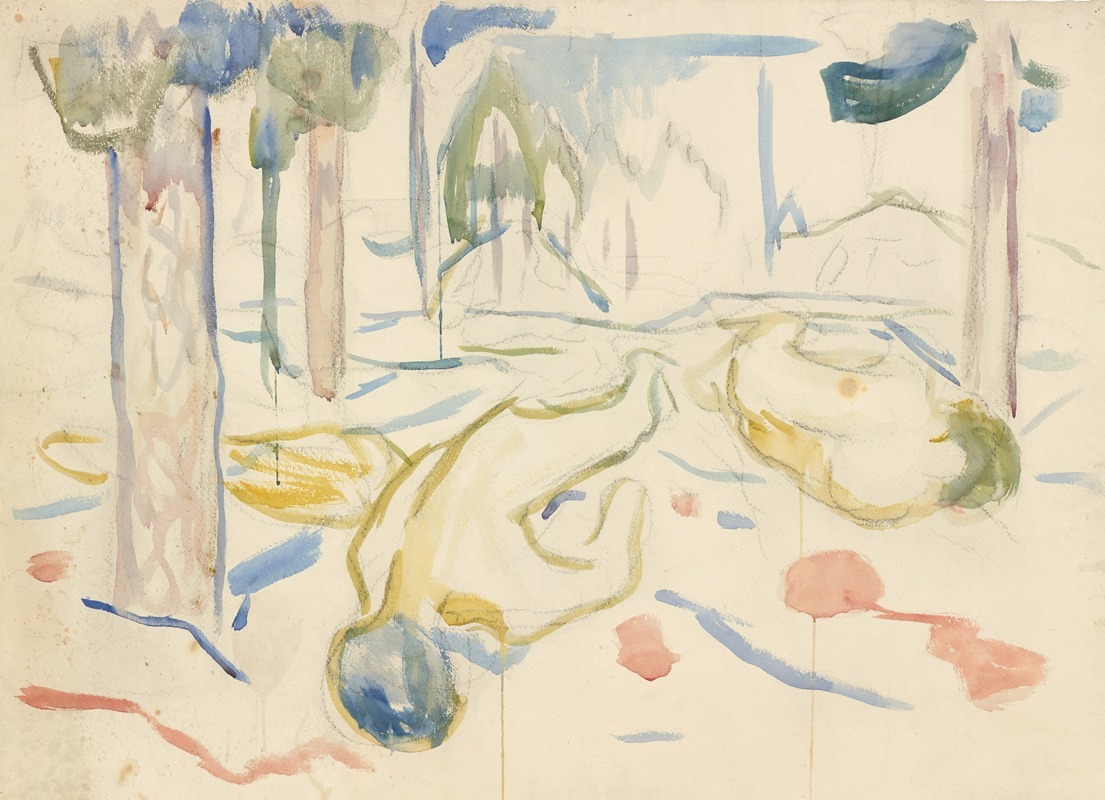
Landskap og døde kropper
A hand-painted replica of Edvard Munch’s masterpiece Landskap og døde kropper, meticulously crafted by professional artists to capture the true essence of the original. Each piece is created with museum-quality canvas and rare mineral pigments, carefully painted by experienced artists with delicate brushstrokes and rich, layered colors to perfectly recreate the texture of the original artwork. Unlike machine-printed reproductions, this hand-painted version brings the painting to life, infused with the artist’s emotions and skill in every stroke. Whether for personal collection or home decoration, it instantly elevates the artistic atmosphere of any space.
Edvard Munch, a Norwegian painter and printmaker, is renowned for his evocative and emotional works that explore themes of existentialism, love, anxiety, and death. Among his extensive oeuvre, the painting "Landskap og døde kropper" (translated as "Landscape and Dead Bodies") is one of his lesser-known works, and there is limited information available about this specific piece.
Munch was born on December 12, 1863, in Loten, Norway, and grew up in Oslo. He was deeply influenced by the personal tragedies he experienced in his early life, including the death of his mother and sister from tuberculosis. These events left a profound impact on his psyche and subsequently influenced his artistic expression. Munch's work often delves into the darker aspects of human experience, and he is best known for his iconic painting "The Scream," which captures a moment of existential dread.
"Landskap og døde kropper" fits within Munch's broader thematic exploration of death and the human condition. While specific details about the painting's creation, such as the exact year it was painted or its current location, are not widely documented, it is consistent with Munch's style during the late 19th and early 20th centuries. During this period, Munch was associated with the Symbolist movement, which sought to express the emotional and psychological states of the artist through symbolic imagery.
Munch's technique often involved bold colors, dramatic compositions, and a focus on conveying emotional intensity. His works frequently feature distorted figures and landscapes that reflect the inner turmoil of his subjects. In "Landskap og døde kropper," it can be inferred that Munch continued to explore these themes, using the juxtaposition of landscape and human figures to evoke a sense of mortality and the passage of time.
Throughout his career, Munch's work was met with both acclaim and controversy. His exhibitions in Berlin and other European cities were pivotal in establishing his reputation as a leading figure in modern art. Despite facing criticism for his unconventional style and subject matter, Munch remained committed to his artistic vision, which was characterized by a deep exploration of the human psyche.
Munch's influence on modern art is significant, as he paved the way for later movements such as Expressionism. His ability to convey complex emotions through his art has left a lasting legacy, and his works continue to be studied and appreciated for their psychological depth and innovative approach.
In summary, while specific information about "Landskap og døde kropper" is limited, it is representative of Edvard Munch's broader artistic themes and style. His exploration of existential themes and his impact on the art world remain significant, making him a pivotal figure in the history of modern art.





